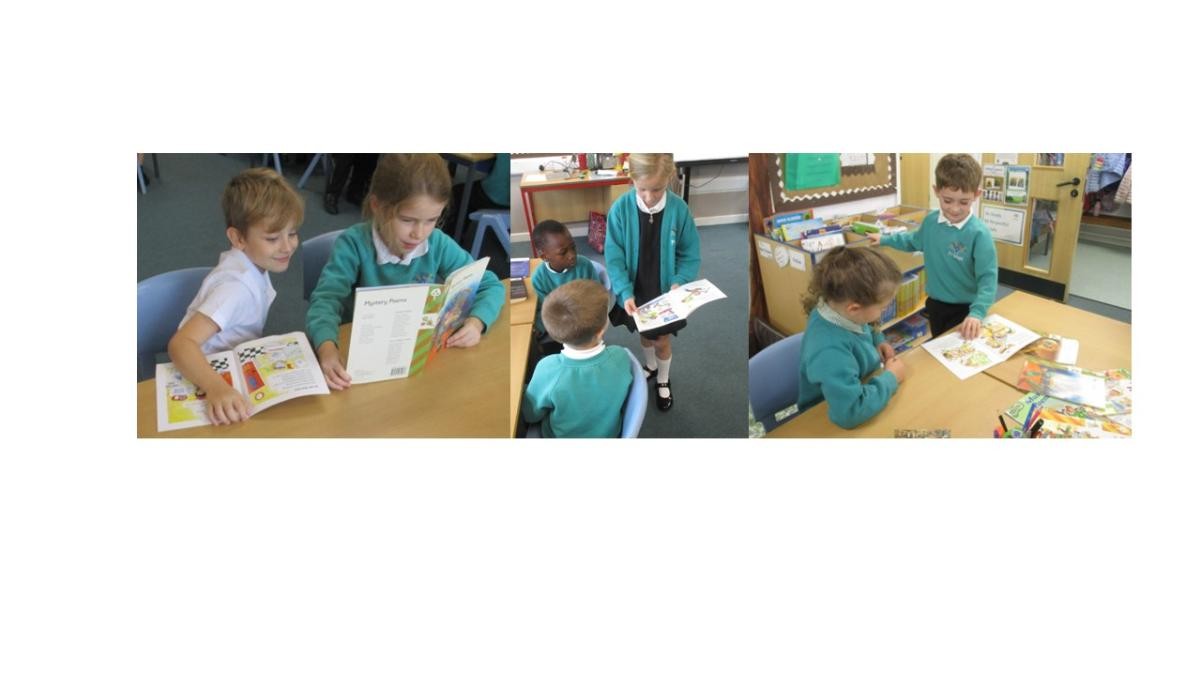Reading at Probus School – “Strong roots feed a lifetime of learning.”
At Probus School, it is our intent to provide a high-quality curriculum that develops a love of reading. Using the aims set out in the Early Years Framework and National Curriculum, we develop skills in reading, which follow a clear pathway of progression, building year on year and laying the foundations for secondary school.
Children will be inspired to read and enjoy reading through exposure to a literacy-rich environment, with high quality texts from our libraries and through listening to quality age-appropriate texts in our daily book sharing sessions.
Children will have the opportunity to reflect on texts and make recommendations to their peers. Our children will be encouraged to read regularly and widely at home and share a love of reading with the adults around them.
Phonics
At Probus Primary School, we believe that all our children can become fluent readers and writers. This is why we teach reading through Little Wandle Letters and Sounds Revised (this link leads you to the parent pages) which is a systematic and synthetic phonics programme.
To support the phonics the children have access to a comprehensive library of Big Cat reading books that focus on the phonetical learning phase of the child. These books are engaging covering both fiction and non-fiction to help foster a love of reading.
Guided Reading Sessions
The children at Probus Primary School have regular guided reading sessions a week in school, one linked with VIPERS (see the VIPERS poster and questions attached) and one linked with different mediums such as music, film or images. These sessions are very effective for both short and long term memory improvements as they allow the children to explore vocabulary, infer meaning, predict outcomes, explain what they have read, retrieve key information and sequence events. Through discussion they make links to other texts they are read and draw conclusions.
Reading for Pleasure
We have developed an extensive library which supplements quality class libraries to provide a rich resources for reading for pleasure. All children have access to this resource and we have purchased gold level library subscription to ensure our books are refreshed and relevant. We hold regular reading incentives such as Readopoly, World Book Day, World Poetry Day, Summer Reading Challenge and many more.

